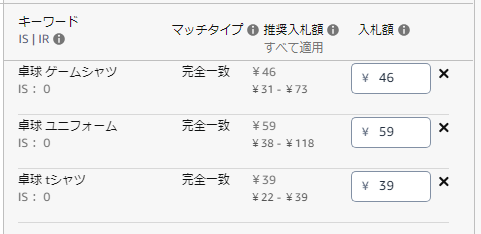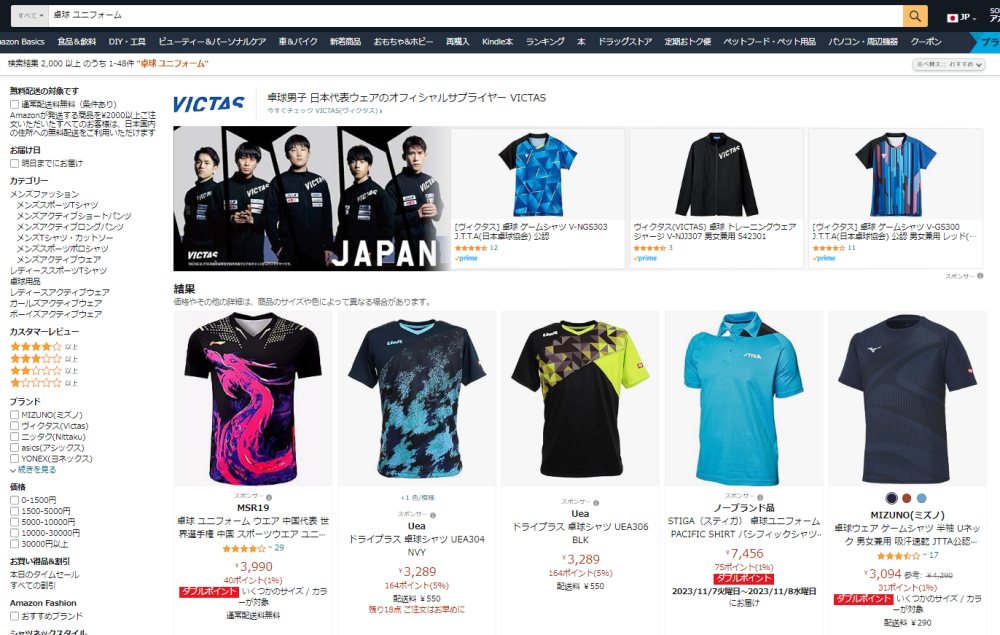Empower and Revitalize Japan for Next Generation
Enjoy our initiatives and ideas that embody SOPHOLA's Vision, Mission and Values.
We will update our employees' daily lives and thoughts so that you can understand the SOPHOLA culture.
How to analyse your competitor’s Amazon PPC strategies?
In this and the next blog, we will analyze the advertising strategies of competing companies on Amazon and explain a simple way to incorporate those insights into your own powerful advertising strategy.
This time, we’ll be discussing “How to assess the intensity of competition for the products you sell.” It is crucial to understand competitive keywords and your competitors’ presence or absence.
So, let’s focus on three simple methods to understand the competitive landscape of your products.
(First) The easiest method is to search how much other competing companies are bidding on keywords (exact match). To do this, you can use Seller Central’s advertising console. Add precise keywords to your campaign and estimate the intensity of competition using the “Recommended Bid” (as shown in the diagram below).

For example, to check the competition for “table tennis uniforms,” I selected three keyword variations with recommended bid prices: “table tennis game shirt” at 46 yen, “table tennis uniform” at 59 yen, and “table tennis t-shirt” at 39 yen.
As the average cost per click increases, you can see that the competition level is higher (i.e., moderate competition level at 46 yen and high competition level at 59 yen). Therefore, this is the simplest and most accurate strategy to understand the competition level for specific keywords.
Using the “Keyword Tracker” feature in M19, you can also make estimates about the strength of bids, based on whether competitors are bidding on specific keywords and their ad placements.
(Second) It’s about identifying who is competing for specific keywords. To do this, enter keywords on Amazon and directly check which brands are investing in those keywords (as shown in Figure 2). In the case of “table tennis uniforms,” for example, MSR19 and Uea sponsor product ads are prominently displayed.
However, monitoring whether these brands (ASINs) are consistently bidding on “table tennis uniforms” or consistently appearing at the top can be challenging. With M19’s “Product Tracker” feature, you can daily track the bidding status and placement ranking of each competing brand for the relevant keywords.

(Third) A more advanced approach involves calculating the difference between the bidding price and the actual cost per click (CPC) that you ultimately pay. Amazon’s auction system operates as a second-price auction, where the highest bid wins, but you only pay the amount of the second-highest bid. The larger the difference between the bidding price and the final CPC, the lower the level of competition. For instance, if you bid 100 yen and end up paying 95 yen, it means the second-highest bid was 95 yen. A 5 yen difference indicates that this keyword faces intense competition. On the other hand, if you bid 100 yen and pay only 60 yen, it suggests a lower level of competition.
In our next blog, we will discuss how to utilize this brand analysis in your own advertising strategy!
It’s time to start preparing for Black Friday! The numbers start changing two weeks before the sale, so everyone, let’s do our best! If you are considering using M19, we recommend starting about two weeks before Black Friday!
SOPHOLA Inc,
Executive Officer
Kaori Iino
